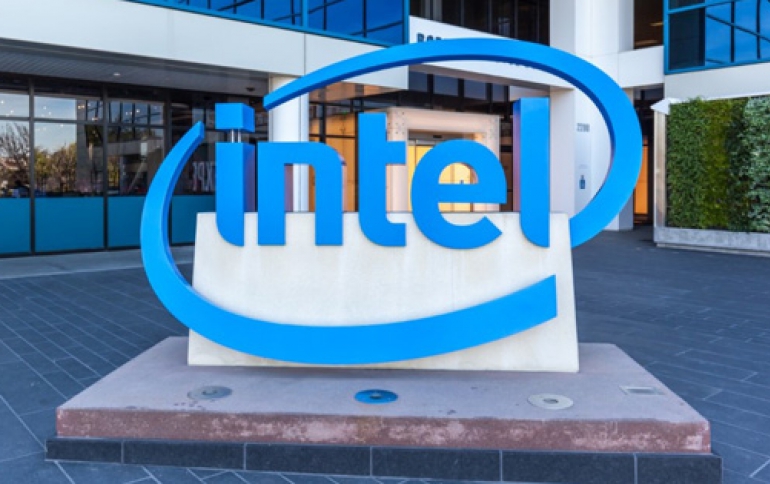
Intel Ice Lake Architecture Will Find its Way to 10nm+ Chips
Intel has taken the wraps off of one of its future generation Core architectures. The "Ice Lake" architecture will be made on Intel's 10nm+ process.
The Ice Lake processor family is a successor to the 8th generation Intel Core processor family. These processors utilize Intel's 10 nm+ process technology.
Before the Ice Lake, Intel will release its first 10nm Core architecture, called "Cannon Lake". Currently, Intel's latest architecture in the chip market is the Kaby Lake, its third Core product produced using the second-generation '14 PLUS (or 14+) version of Intel's 14nm process.
Intel has three processes on 14nm: 14, 14+, and 14++. As shown the participants to Intel's Technology Manufacturing Day a couple of months ago, these will be followed by a trio of 10nm processes: 10nm, 10nm+ (10+), and 10++,
On the desktop, Core processors will go from 14 to 14+ to 14++, such that we move from Skylake to Kaby Lake to Coffee Lake. On the laptop segment, this goes from 14 to 14+ to 14++/10, such that we move from Skylake to Kaby Lake to Coffee Lake like the desktops, but also that at some time during the Coffee Lake generation, Cannon Lake will also be launched for laptops. The next node for both after this is 10+, which will be helmed by the Ice Lake architecture (2018)
From a manufacturing standpoint, Intel has been using multiple patterning techniques in its 14nm processes, and the industry is looking to when the transition to EUV will take place.
Intel is trying to keep spirits high by producing numbers that would suggest that their methodology is still in tune with Moore's Law, even if the products seem to be further strung out.
Given its position as a post-8th gen architecture, Ice Lake is likely to hit sometime in 2018 or 2019, depending on Intel's rate of progress with larger chips and the 10+ process. Intel's other market segments, such as FPGAs (Altera), Xeon Phi (MIC) and custom foundry partners, are also in the mix to get into some 10nm action.
Intel Atom C3000 Processor
Seperately, Intel launched the Intel Atom C3000 platform. Designed for low power, efficient intelligence and scalability for a variety of network and storage workloads, the new Intel Atom C3000 platform is a purpose-built offering for the edge requirements of small physical size, very low power, and extreme temperature range.
Intel says that the new Intel Atom C3000 processor delivers up to 3.4X network performance improvement over the prior generation (Intel Atom C2000 processor). It features integrated Intel QuickAssist Technology, delivering up to 20 Gbps of cryptographic processing and data compression offload at the network edge; complementing data centers based on Intel Xeon Scalable processors that support aggregated workload demands with 100 Gbps Intel QAT acceleration.
The Intel Atom C3000 processor can be deployed for a variety of workloads that require very low power (TDP range: 32 watts to 8.5 watts), high density, and high I/O integration. These include network routers, switches, cold storage appliances, security appliances, web servicing appliances, industrial IoT and more.





















